For The Last Time, No, A NASA Engineer Has Not Broken Physics With An Impossible Engine

Traveling interstellar distances in human lifetimes is an amazing dream, but it won’t ever be achieved like this.
For centuries, ever since we realized that every star we can see in the night sky is a Sun just like our own — with possibly its own solar system, planets, and possibly even life — humanity has dreamed of crossing the astronomical distances separating us from the ultimate alien destinations. Even the nearest star is more than four light-years away, while the fastest speed a human-created spacecraft has ever traveled at, reached by NASA’s Juno mission, is a mere 74 km/sec (46 mi/sec). Even at that speed, it would take more than 4,000 years to reach the nearest star.
There are two limiting factors: the current limits of our technology and the laws of physics. Advances in fields like laser sails, nuclear (instead of chemical) propulsion, or producing and controlling either antimatter or dark matter could provide a game-changing technological breakthrough, but appear to lie far off in the distant future. But physics-defying technologies, despite being often touted by the popular press, are fundamentally flawed. Here’s everything you need to know.
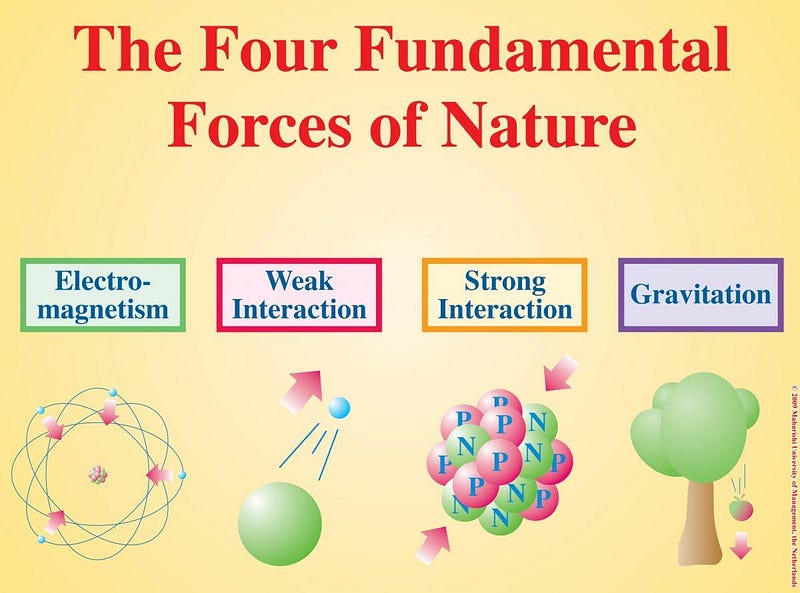
There are four fundamental forces in the Universe: gravitation, electromagnetism, and the strong and weak nuclear forces. The first of these forces is described by General Relativity, the best theory of gravity we’ve ever concocted, and one that’s passed every observational or experimental test we’ve ever performed. The latter three are described by the Standard Model, which describes all the known particles and their interactions exquisitely, passing every classical and quantum test we’ve ever devised, from terrestrial energies up through the highest ones we’ve ever achieved.
While future technologies might unlock the potential of the nuclear forces for space travel — through fission, fusion, or even the annihilation of exotic particles with the normal, stable matter we find all around us — all of our conventional propulsion technologies rely on some type of chemical-based or electromagnetically-based interaction or reaction.

The electromagnetic force is incredibly well-understood. Arguably, it’s the best-understood of all the fundamental forces. Classically, it’s perfectly well-described by Maxwell’s equations; quantum mechanically, the theory of quantum electrodynamics (QED) accurately describes any behavior of photons and/or electrically charged particles interacting with one another. Even given every experiment we’ve ever performed:
- at low energies,
- at high energies,
- with an external electric or magnetic field,
- with particles produced in an accelerator,
- with particles produced in nuclear reactions,
- with particles from cosmic rays,
- with single-particle interactions,
- with many-particle systems,
- and even when we involve exotic particles,
the electromagnetic interactions always proceed exactly as theoretically predicted. It’s a spectacular instance of observations and experimental measurements confirming and validating one of our greatest theories in all of science.
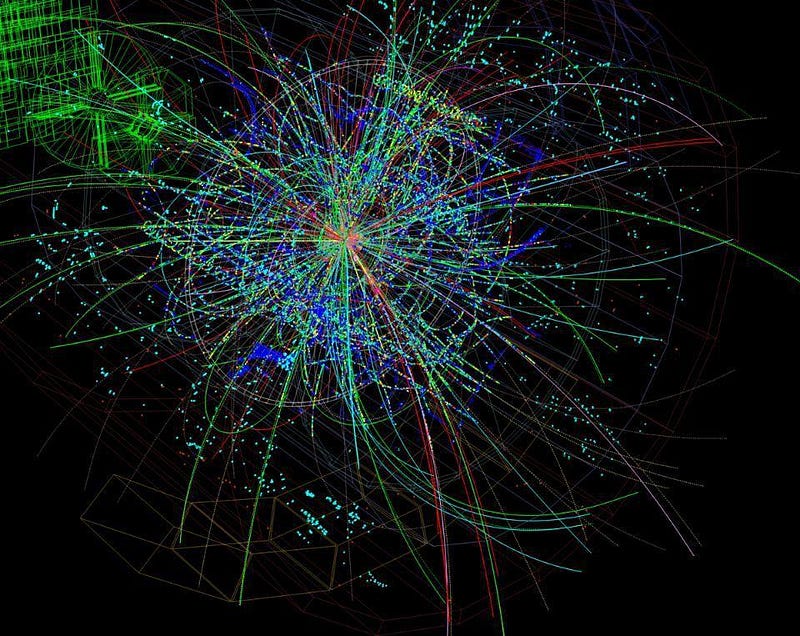
A few of the theoretical predictions of electromagnetism are of enormous importance for describing our Universe at a fundamental level. The theory has certain symmetries, which means there are certain properties of a particle-or-system ‘s setup that we can arbitrarily change without changing what will physically happen. For example:
- Electromagnetism obeys C, P, and T symmetries individually: particles and antiparticles (C), particles and their mirror images (P), and particles moving forwards or backwards in time (T) all obey the same rules.
- Electromagnetism obeys the continuity equation for individual charges: the total electric charge and the total magnetic charge (which isn’t known to exist, but which theoretically could) are both always conserved.
- And electromagnetism exhibits certain spacetime symmetries: translational time invariance means that energy is always conserved; rotational spatial symmetry means that angular momentum is always conserved; translational spatial symmetry means that linear momentum is always conserved.
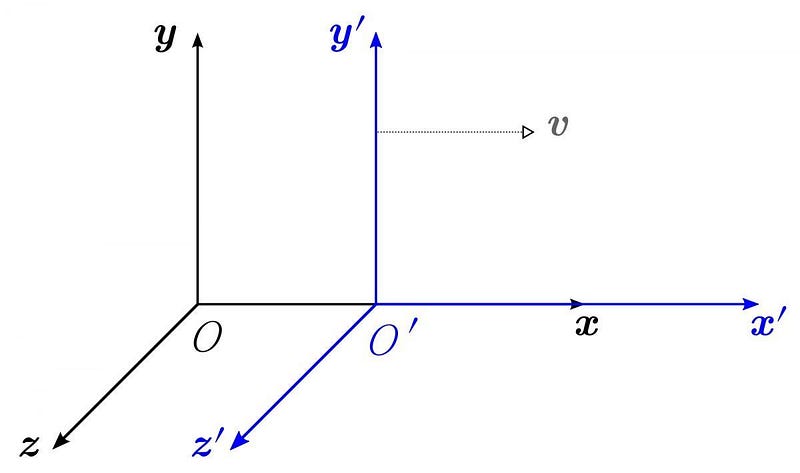
All of these symmetries and their associated conservation laws arise from a single mathematical theorem: Noether’s theorem. It states that for every physical symmetry of the theory, there must be an associated conserved quantity. If there’s a quantity at a specific point in space that’s going to change, there must be a flow of that quantity into or out of that space, and the change-over-time of both quantities must balance.
For example, the electric charge in a given volume of space will only change if there’s an electric current (a flow of charge over time) into or out of that space, and the difference in charge will be determined by the magnitude of the current and the amount of time that it flows for, whether in, out, or a mix of both.

So now, we come to a claim that arises every few years, where some inventor, engineer, tinkerer, or fringe scientist announces that they’ve proposed, patented, or created a device that violates the laws of physics. Specifically, it’s always the same law that gets violated: the law of conservation of momentum. If this law is violated, it means the following three symmetries are not conserved after all:
- Translational spatial symmetry is not conserved, which means the laws of physics are different from one location to another in the Universe.
- Lorentz invariance is broken, which means that the laws of physics violate the principle of relativity; observers in different reference frames will see different laws of physics from one another.
- And Newton’s 3rd law, which states that for every action there’s an equal and opposite reaction, must be violated as well.
If all of these were true, you might indeed be able to generate thrust without fuel, and therefore power a spacecraft indefinitely with only a finite amount of material on board.
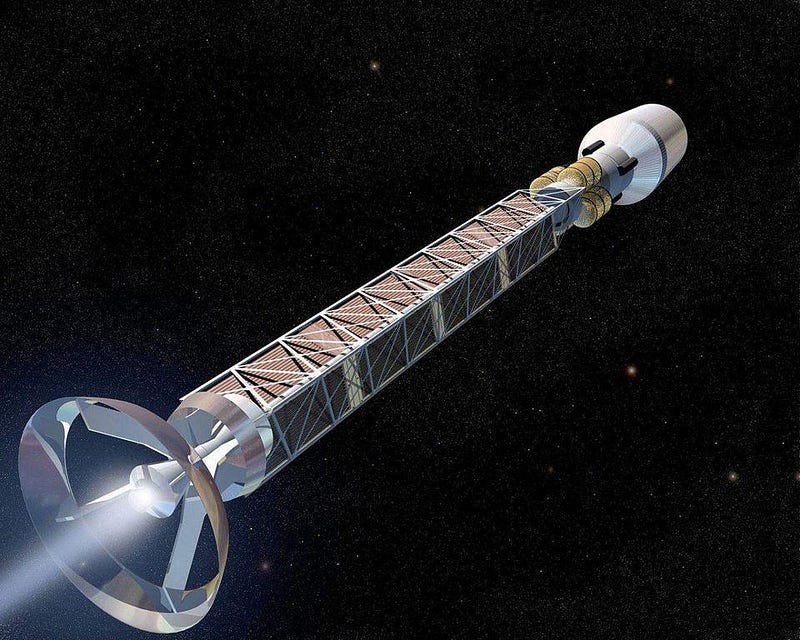
Theoretically, if you examine the consequences of breaking these symmetries, things get really nasty in short order. It means that if you observe a system from the outside, you can see its total momentum change without emitting any momentum-carrying particles. It means that observers in different reference frames will see the total momentum change by different amounts, which means that energy conservation is violated, too.
And yet, the exquisitely-detailed experiments performed at accelerators and by particle detectors designed to test these conservation laws at all energies and under all the conditions we’ve managed to create in the lab show no such violation at all. Many of these rules have been tested from non-relativistic energies up to speeds exceeding 99.99999% that of light in a vacuum, and these symmetries hold to anywhere from 8-to-12 significant digits. In summary, they’re really, really good symmetries that show not even a hint of ever being violated.
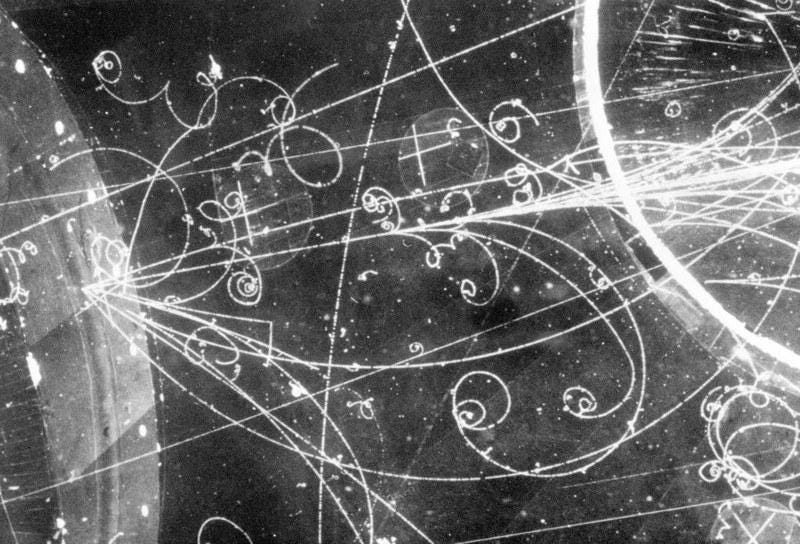
The problem isn’t that these laws couldn’t be overturned by experiment; of course they could. The problem is that physicists have performed so many experiments in so many different ways, so carefully and with such precision verifying them. These conservation laws have been confirmed for every gravitational, mechanical, electromagnetic and quantum interaction ever observed, and they always hold. In every scenario ever examined, momentum, Lorentz invariance, and Newton’s 3rd law are always conserved.
And now, it’s claimed that an engine, one that relies on nothing more than a simple electromagnetic or mechanical power source, overthrows all of physics. Like cold fusion. Like the EM drive. Like any perpetual motion machine. Or, like the latest absurdity, David Burns’ helical engine.
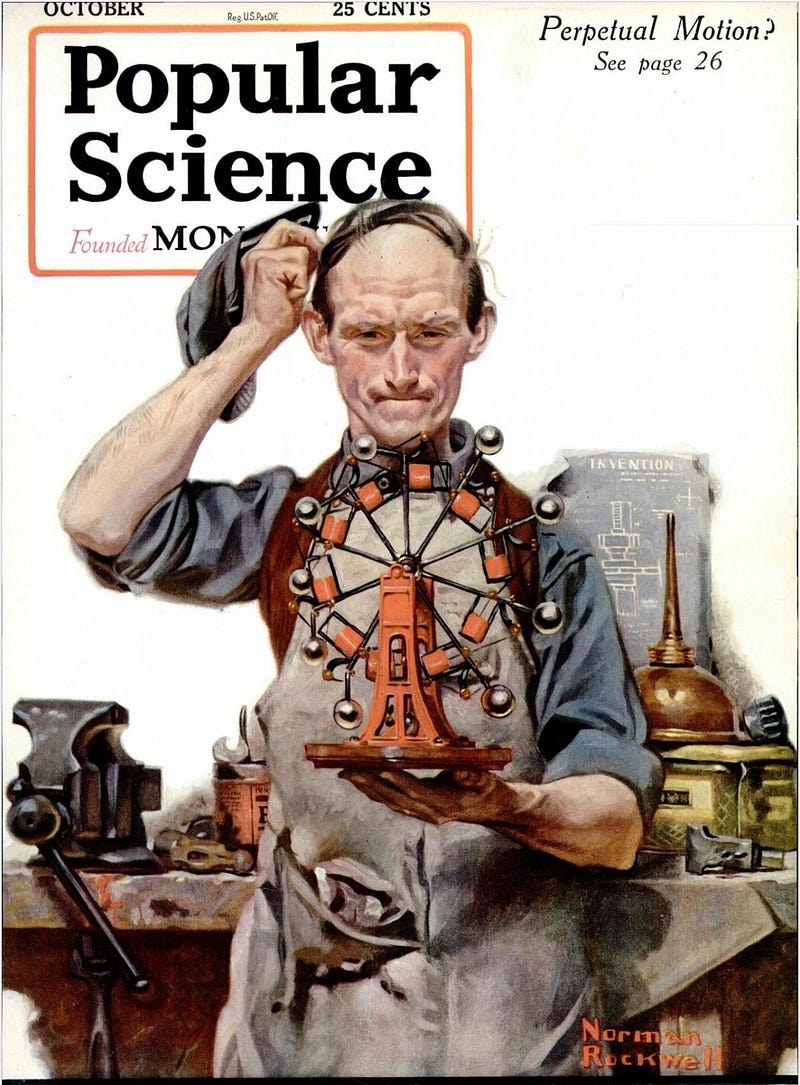
The specifics of Burns’ idea are fundamentally flawed in a way that’s very common among non-physicists. (Burns has a Ph.D. in electrical engineering.) He argues that if you take a ring in a box and allow it to bounce back-and-forth between two of the walls, each perfectly elastic collision will impart momentum to the container of the box. Then he notes that when objects move at relativistic (near-light) speeds, they gain mass (in one interpretation of special relativity). Therefore, if you accelerate the ring in one direction relative to the other direction inside the box, it should have more mass when it moves in that direction, and therefore it will preferentially accelerate the box in a forward direction. That’s the principle.
In practice, Burns envisions swapping out the box and the ring for a helix-shaped accelerator, generating a net thrust in a preferred direction. It’s his big idea, and it’s been covered in popular outlets like New Scientist and Science Alert.

The problem is that this idea relies on a fundamental misunderstanding of Special Relativity. It’s true that when you accelerate an object close to the speed of light, the same acceleration (or thrust) will increase your speed by much smaller amounts the faster you’re moving; Newton’s second law of F = ma doesn’t work, exactly, in Special Relativity. No object can ever move at the speed of light, and so as you continue to apply a force to a relativistic object, it’s like you’re increasing its mass, not just its speed. Different observers will disagree on the mass and speed of the object.
But if you instead write down Newton’s second law as F = dp/dt, where p is momentum, this does work exactly (and equally for all observers), even in Special Relativity. If Burns had properly accounted for the total momentum of the box+ring system, which must include the energy/momentum of the applied fields and forces required to accelerate the individual components (like the ring) inside the box, he would have noted that the total momentum never changes, even under relativistic transformations and perfectly elastic ring/box collisions.
Instead, he examined the ring alone, and that’s led to his math errors and his untenable conclusion. In fact, pre-existing fixed-target experiments at particle colliders have already demonstrated a conservation of momentum that serves as a counterexample to Burns’ expectations. His idea is already dead-on-arrival.
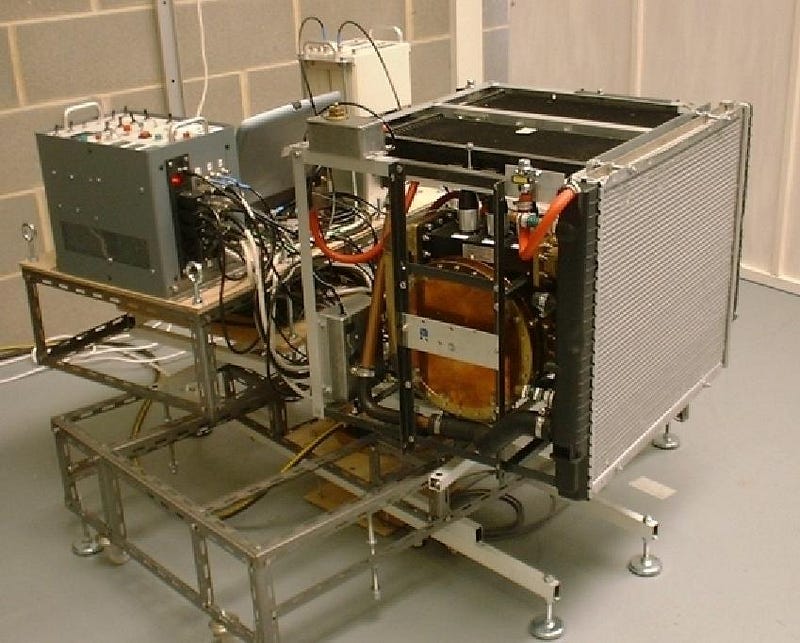
All claims that a device can or has violated these conservation laws fall into one of two categories: fraud or self-deception. The researcher is either intentionally fooling you or unintentionally fooling themselves, possibly by making a theoretical error they could not identify themselves or by building a device that’s experiencing an interaction they’ve failed to identify. When better, more careful, error-free science comes along, the theoretical effect disappears and/or the experimental effect is accounted for by mundane, known, pre-existing physics.
Claims of cold fusion are almost certainly fraud; claims of an impossible space engine or perpetual motion machine are more often self-deceptions. If these conservation laws are truly violated, it will be a precise physics experiment that reveals it, as those are our best tests of nature at a fundamental level. Burns has said, “you have to be prepared to be embarrassed” when you propose an idea like this. I hope he’s quite prepared.
But even more than that, I hope you, the curious layperson, are prepared to be incredibly skeptical of all claims like this moving forward. Even the smartest people in the world end up fooling themselves with alarming frequencies. Demand the requisite extraordinary evidence before considering the next extraordinary claim. Chances are good that the already-established laws of physics will continue to carry the day.
Ethan Siegel is the author of Beyond the Galaxy and Treknology. You can pre-order his third book, currently in development: the Encyclopaedia Cosmologica.





